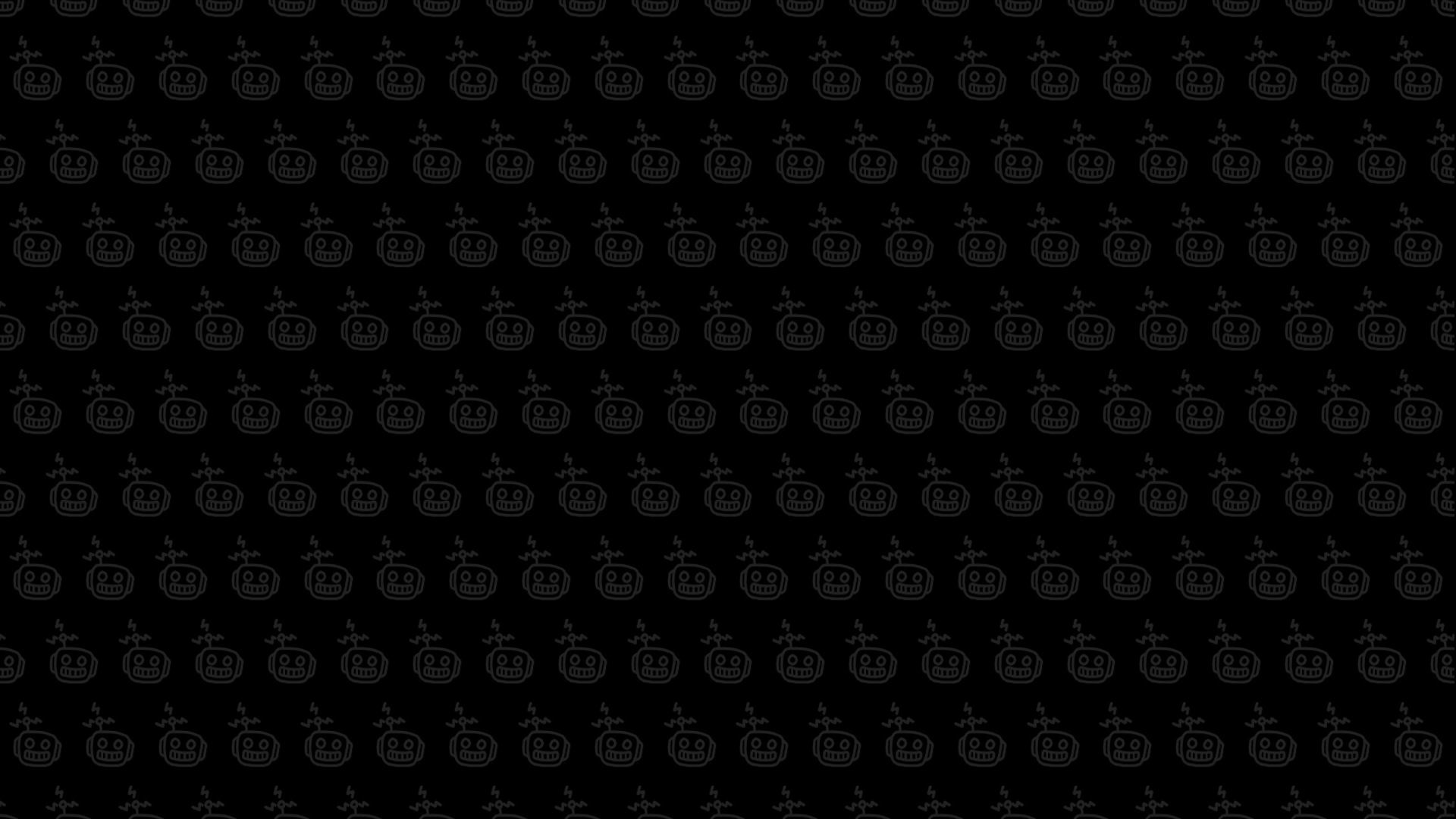
what is PlatformLayer?
One of Unity’s main USPs is the ease of getting any game made with it to run on any of its supported platforms.
However, going from “our game runs on Platform X” to “our game is platform submission ready on Platform X ” can be much harder.
Each platform has a set of stringent submission requirements a game must conform to before it can be released;
and implementing these features individually for each platform represents a substantial time & cost and a significant project risk.
PlatformLayer is a proprietary technology which can massively reduce the time, effort, and project risk of submission requirements in a game being released on multiple platforms.

what PlatformLayer does do:
provides a single API for submission sensitive areas across all supported platforms
automatically handles the holy trinity of platform requirements (users, controllers, & save data) with:
…submission compliant error handling
…submission compliant localised messaging in languages commonly used for worldwide SKUs
exposes convenient hooks for requirements needing game specific handling
simulates many aspects of console behaviour in-editor - dramatically speeding up iteration
many other helpful features:
helper classes to aid in making Unity.InputSystem submission compliant
button glyphs which update to match the active controller
UI helper classes for controller-only navigation, and switching input between mouse & keys/controller
localisation (or can trivially be changed to use your preferred localisation solution)
and more!
what PlatformLayer doesn't do:
optimise your game for lower powered hardware
handle online multiplayer invites / sessions / chat etc.
remove the need to test all platform submission requirements for each platform, and - if you fail any - to address those bugs before submitting
PlatformLayer FAQ
How is PlatformLayer distributed?
PlatformLayer is distributed as a set of Unity Package Manager (UPM) packages.
The core module supports PC / Mac / Steam / Steam Deck (and non-submission compliant console builds),
and a separate UPM module is needed for each platform whose SDK is covered by NDA / platform specific licenses;
There are separate packages for PS4, PS5, Switch, Xbox One / Series, and Windows Store.
How is PlatformLayer licensed?
PlatformLayer is licensed per game, per UPM package; and we offer discounts when you license more than 2 UPM packages.
The licenses are tied to the IP of your game so you can sell or transfer the IP without any licensing issues
PlatformLayer is licensed full source, and you can change it as much as you like for use in your game - the license even allows you to port the core PlatformLayer UPM package to other platforms if that is what you want to do with it.
How is PlatformLayer integrated?
PlatformLayer ships with a comprehensive “minimal game” sample showing how to use it.
Once integrated correctly into your game code, you can rely on PlatformLayer to automatically handle the vast majority of platform submission requirements for you.
A minority of platform submission requirements inherently require game specific handling, and some platforms have features that require platform specific code;
whilst PlatformLayer can’t handle these game and platform specific requirements automatically, it does make it as painless as possible to handle them.
PlatformLayer is best integrated into a game right at the start - because all platform’s submission requirements are slightly different, handling them across all consoles in a multiplatform way places some subtle constraints on your game flow which typically become more complex to address as the game’s development progresses.
What support does darbotron offer?
We offer a comprehensive project readiness survey to identify the work needed to correctly integrate PlatformLayer into your existing Unity project and any key project risk areas relating to console development which you may have missed so you can understand the scope and complexity of the task.
Training and initial integration support is included in the licensing costs, and Darbotron will make reasonable endeavours to support a licensee in shipping a project for which PlatformLayer has been licensed.
Whilst it is entirely possible to integrate PlatformLayer into your game and ship without explicit support from darbotron, we are happy to negotiate a bespoke support package for each licensee depending on their needs and budget (e.g. integrating PlatformLayer into your game for you, reduced rate consultancy / engineering time)
Anything else we should know?
We would hope that it’s obvious, but just so we can be sure that we have set your expectations appropriately…
Whilst using PlatformLayer can make it much easier, quicker, and less risky to develop a multiplatform game with the Unity engine and ship it on multiple platforms, it is not a magic bullet.
Ultimate responsibility for the quality, stability, or behaviour of any given build of any title using PlatformLayer rests entirely with the licensee.

